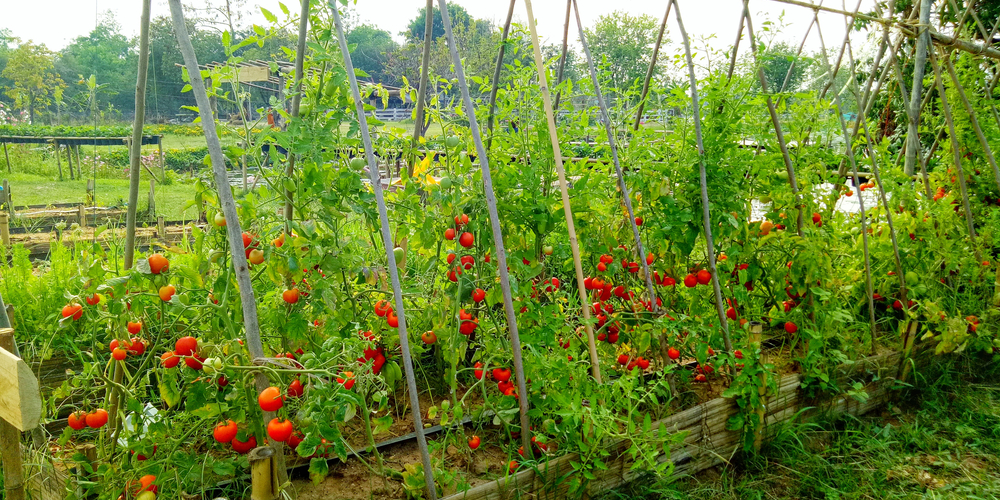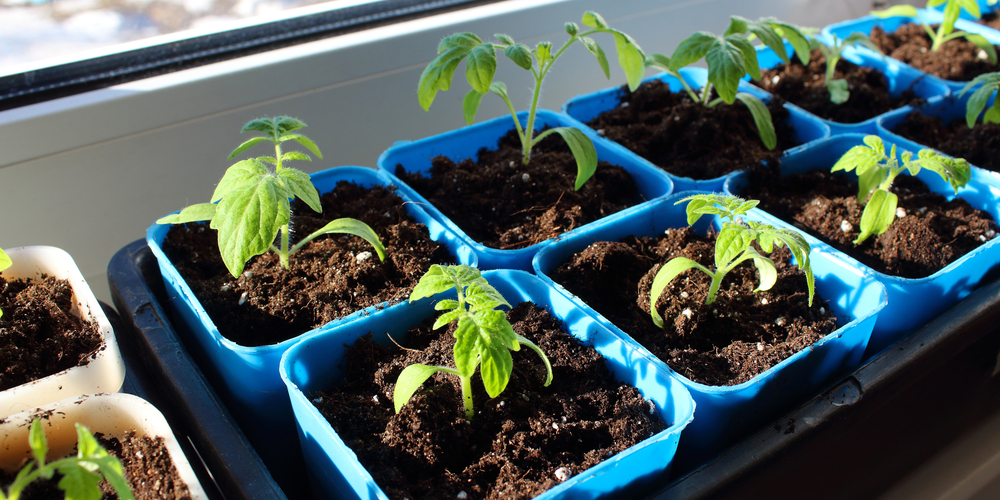One of the most obvious choices of homeowners thinking about starting a veggie garden is to plant tomatoes. The popularity of “growing your own food” is growing, and many people don’t know where to start. While tomatoes often fall under the “beginners” category, they need some attention and care from your part. These plants need plenty of sunlight each day and have strict space and soil requirements.
While it might sound trivial, selecting the right time to plant them can make a difference in how healthy and sturdy your plant will come out. To learn about when to plant tomatoes in New Jersey, make sure you keep reading. Here you’ll also find some precious tips on how to grow sweet and tasty tomatoes in this state: make sure you don’t miss them.
When To Plant Tomatoes in New Jersey

Tomato plants are sensitive to cold temperatures. You should avoid planting them outside too early in the spring, which may cause their death. Indeed, tomatoes won’t survive frost or temperatures below 50F. While that might push you to wait late in the spring, you shouldn’t do that. Planting your tomatoes too late will eliminate the chance of producing a harvest before the first frost at the end of autumn.
It is hard to generalize and give you a definite date for planting your tomatoes in New Jersey. However, a rule of thumb is that if you haven’t seen frost for at least two weeks (and you know the risk of getting more is null), you are safe to plant your tomatoes outside. In general, that doesn’t happen before mid-April in New Jersey. Remember that each year might be different, so keep an eye out for frost and wait for the right time to come.
Planting tomatoes too soon is a common mistake. If that happens, you might not be in such severe trouble as you think. If a frost comes after you plant your tomatoes, you may still be able to save your plants.
Make sure you cover them with mulch and burlap to keep the soil warmer. Your tomatoes may survive, but that’s not a guarantee. For this reason, you should always check the weather forecast before deciding to take your plants outdoors.
Starting Tomatoes
A crucial step of getting the date right for planting is starting your tomatoes. Because of the cold temperatures, you must do it indoors before translating them to your garden. On average, starting your seeds in February will allow them enough time to grow. Depending on the variety of tomato you choose, it might take between 40 and 60 days for the seeds to grow seedlings.
In theory, you shouldn’t plant your seeds outdoors directly after two weeks from the last frost. Instead, the passage should be more gradual. Introduce them outside in their pots for a couple of hours and increase the amount each day until they adapt to getting direct sunlight, wind, and moisture outdoors for as much as eight hours.
Many gardeners often skip this process, called “hardening,” but it can make a difference in your tomato plant’s adaptation to the outside environment. Plus, it will increase the chances of surviving diseases, droughts, and heavy rain.
Location and Planting Requirements
Tomatoes need plenty of room. If you plant them in the ground, make sure you space your seedlings appropriately and keep them moist. Planting them too close to each other might limit airflow (which attracts pests and diseases) and cause your plants’ roots to compete for nutrients and water.
To keep your plants healthy, especially during the growth and fruit development stages, you may want to add some fertilizer. Work it into the soil to ensure a long-lasting effect.
Also, select a slow-releasing variety for best results. Another way to increase the soil’s nutrient content is to add crushed eggshells. The calcium will strengthen the plant and help your tomatoes develop a rich and sweet flavor.
When to Plant Tomatoes in New Jersey: Conclusion
Now that you know when to plant tomatoes in New Jersey, you should have an easier time planning what to do with seedlings. Check with your local weather conditions to avoid making mistakes and planting your tomatoes outside too early (or too late). Of course, to ensure healthy growth, make sure you put our tips into practice and take good care of your plant.
Related article: How to get thick stems on tomato plants?

